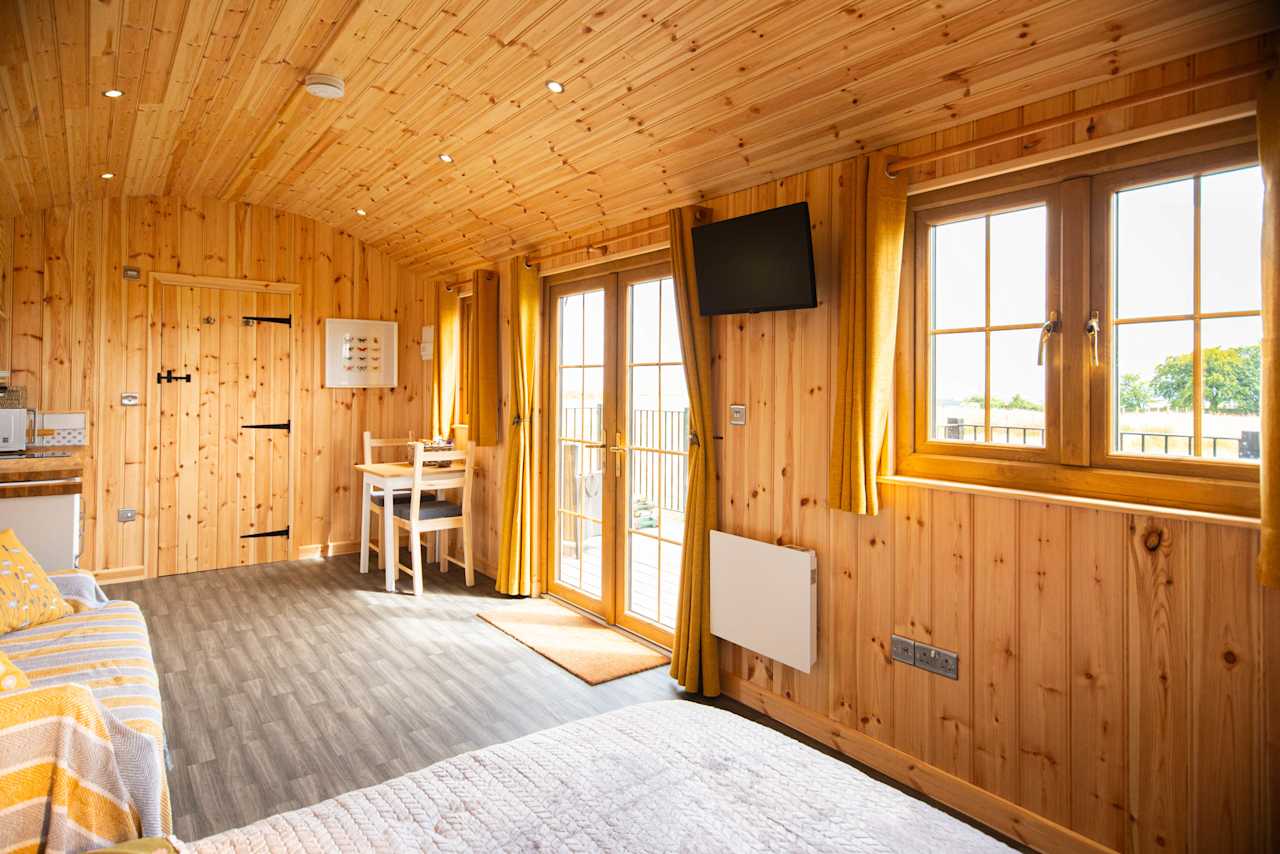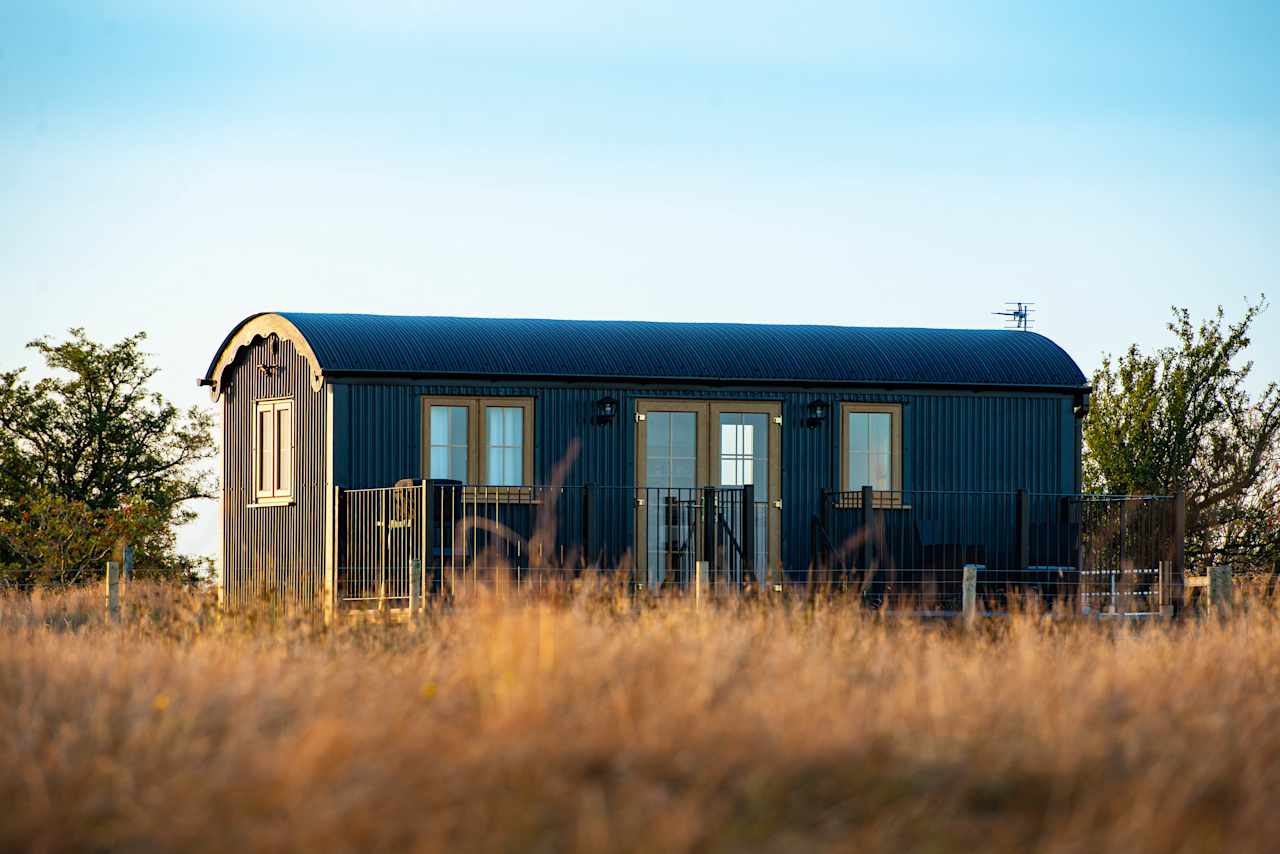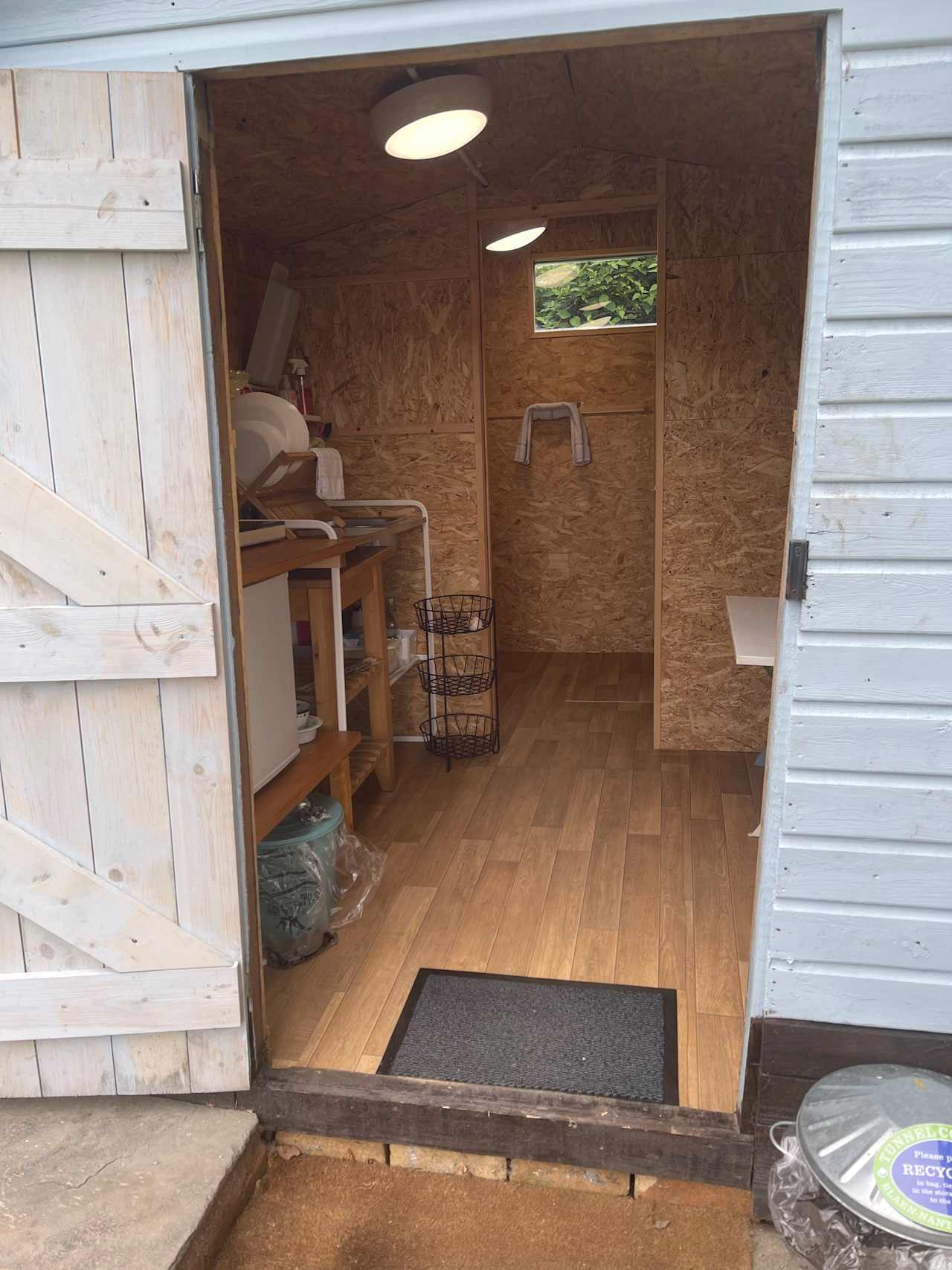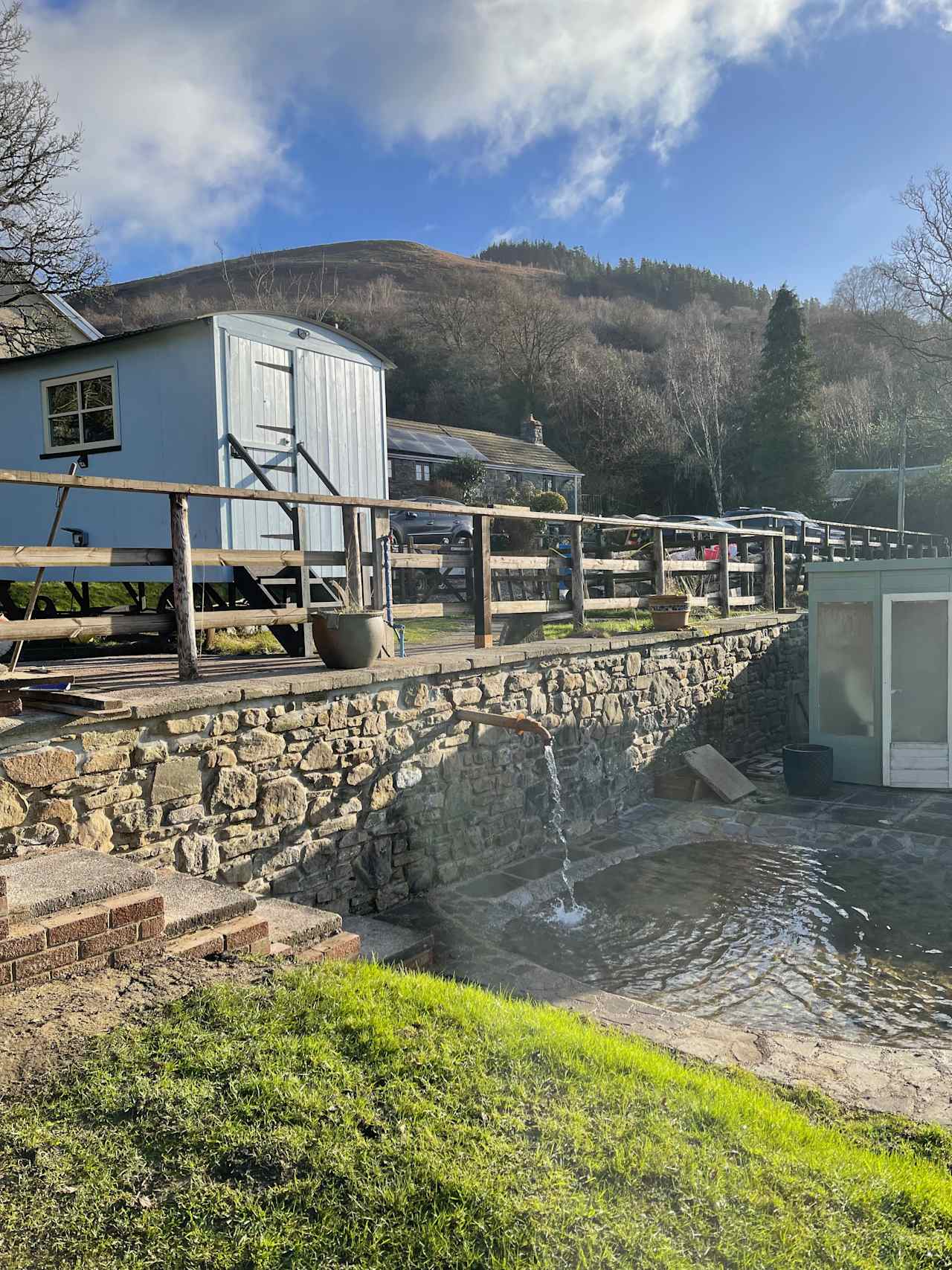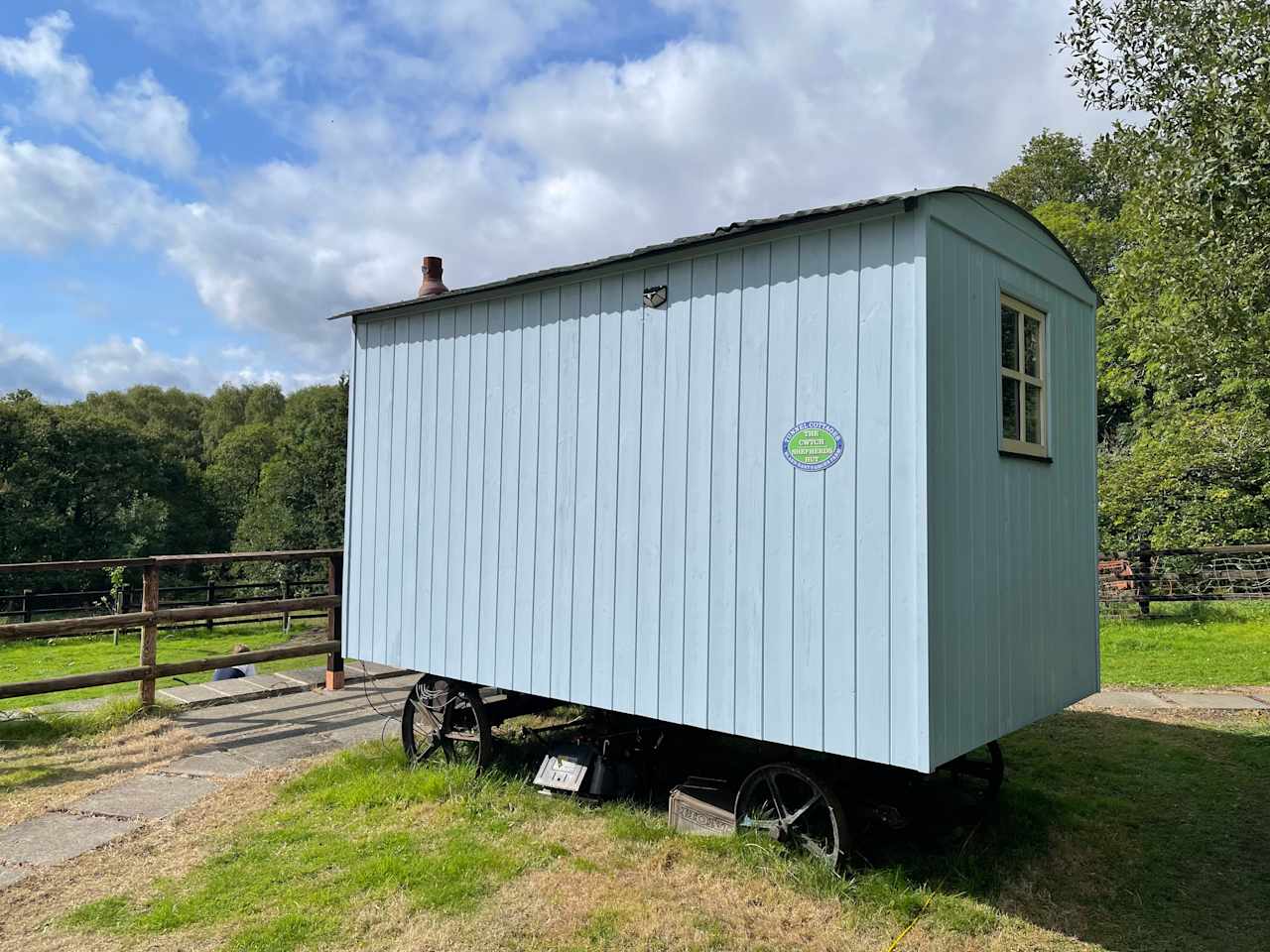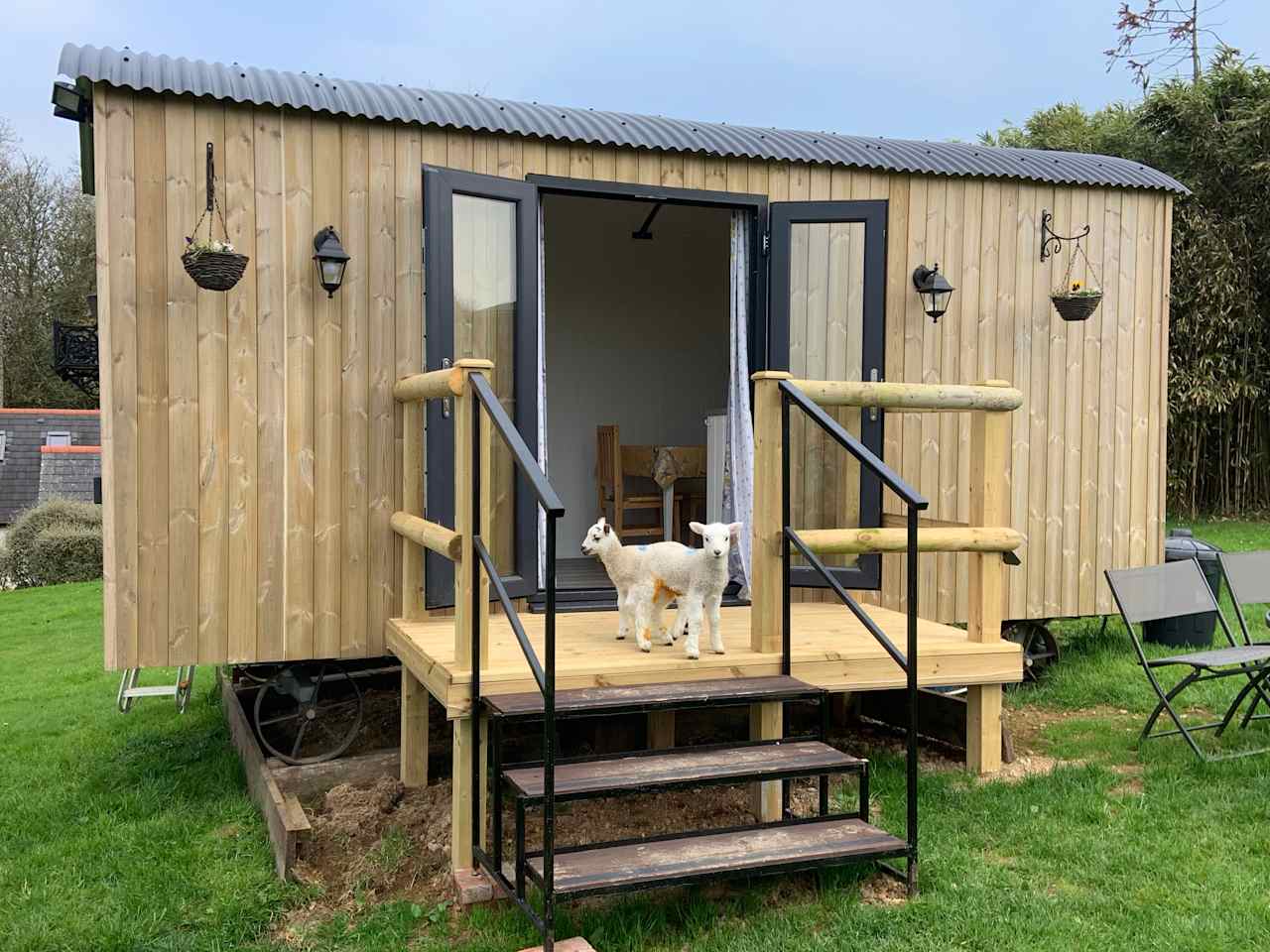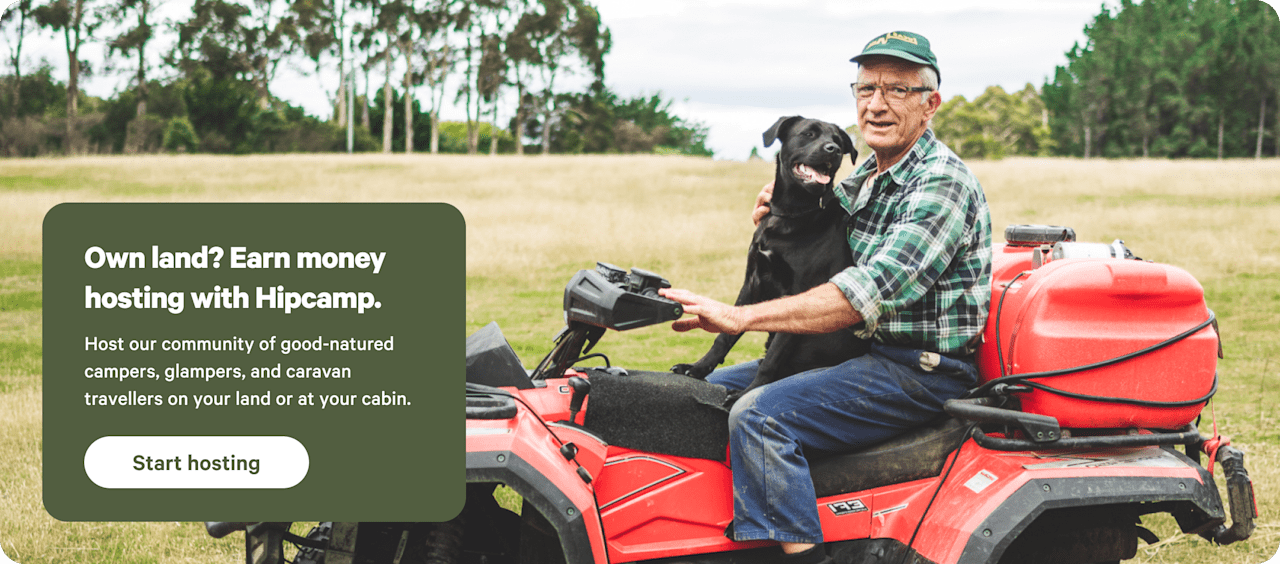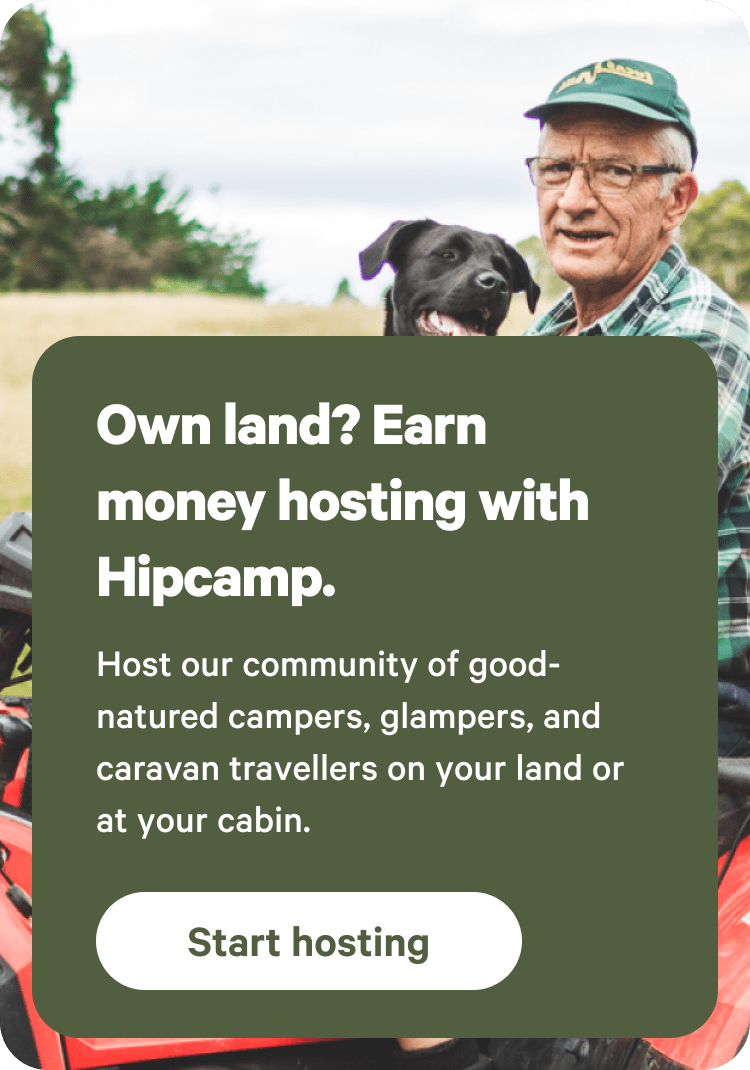Shepherd's huts in Exmoor National Park with wifi provided
From sea views to stargazing, the wild moorlands of Exmoor are a nature-lover’s nirvana.
- Exmoor National Park
Popular camping styles for Exmoor National Park
Star Hosts in Exmoor National Park
12 top shepherd's huts sites in Exmoor National Park with wifi provided
Dog-friendly getaways


Shepherd's huts in Exmoor National Park with wifi provided guide
Overview
Exmoor might be among the UK’s smallest national parks, but it’s a magical spot for a camping holiday. Open heather moorlands and wooded valleys sweep down to Devon and Somerset’s northern coastline, where sea-cliff walks and shingle beaches front the Bristol Channel. Hiking, mountain biking, and horseback riding are popular ways to explore, but you can also fish and canoe on the lakes and rivers, and camp on the moors. Visit must-sees including the Tarr Steps and Valley of Rocks, look out for herds of red deer and native Exmoor ponies grazing the hillsides, and stick around after dark—this International Dark Sky Reserve is a stargazing hotspot.
Notable Campsites
- Best for beachside camping: Caffyns Farm has 160 acres of farmland for campers, so walk-ins are welcome, and the beach is within walking distance.
- Best for a back-to-nature camping experience: Westermill Farm has tent-only pitching by the River Exe, with firepits and a farm shop selling homegrown produce.
The Exmoor National Park Landscape
Exmoor National Park was designated back in 1954, just a few years after the very first national parks were created. Covering an area of 267 square miles in North Devon and Somerset, the park also includes a 37-mile stretch of coastline on the Bristol Channel. This coastline, between Minehead in the east and Combe Martin in the west, features the highest sea cliffs in England—the coastal hills facing the Bristol Channel rise to 433 metres and the highest sheer cliff, Great Hangman, is 244 metres above sea level.
A quarter of the national park is moorland with heather and gorse in abundance. It is milder and wetter than moorlands in the north, and is managed differently, used for grazing livestock rather than grouse shooting. Grazing and swaling (burning vegetation back to make grazing land) has been taking place in Exmoor for hundreds of years and is part of what has shaped what is only a semi-natural landscape.
The water that drains off the high moors feeds the many waterways through Exmoor, including the River Exe, which wends its way across the county to find the Channel on the South Devon coast at Exmouth. It is, of course, this river that gave the place its name. The streams and tributaries that feed Exmoor’s rivers (there are seven others) have also helped form the landscape with deep combes and lush wooded valleys, another characteristic of the area. It is within the woodlands and around the waterway that you are most likely to spot some of Exmoor's wildlife, such as red deer, bats, and otters. You can find out more about the national park’s landscape by heading to one of the visitor centres in Dulverton, Dunster, or Lynmouth.
Stargazing in Exmoor National Park
Some of Exmoor’s best views are only seen after dark on a camping holiday. There’s nothing quite like sitting up round the campfire (or, for optimum darkness, away from the campfire) to watch the stars appear overhead. Exmoor National Park is one of the least developed parts of the south and, as such, has low levels of light pollution prime for stargazing. The national park authority even hire out telescopes so people can take a look, and also host an annual Dark Skies Festival in the autumn. Goldstone Hall, County Gate, and Brendon Two Gates are particularly good stargazing spots, but we recommend giving it a go wherever you’re camping in Exmoor—there’s nothing quite like it.
Best Walks in Exmoor National Park
If you’re hoping for a few good walks while camping in Exmoor, you won’t be disappointed. The park’s hundreds of miles of public footpaths include a great stretch of the South West Coast Path, which stretches for more than 630 miles from Minehead in Somerset, just outside Exmoor National Park and all around the west coast of England. Anyone who decides to undertake the start of the route (from Minehead) soon arrives in the national park for what is arguably one of the best parts of the entire route. If you’re camping in one spot and just fancy a day or a few hours out walking, the well-signposted South West Coast Path offers an easy route to follow. A particularly popular section in Exmoor is from Lynton to the Valley of the Rocks, where a herd of feral goats tend to delight visitors and annoy the locals.
On the Somerset side of the park, Lynton, Lynmouth, and Dunster are all big walking destinations, while the Tarr Steps are a popular place to walk away from the coast. Within a national nature reserve, it’s an ancient bridge over the River Barle with a convenient car park nearby. If you prefer two wheels to your own two feet, you might try the Tarka Trail, which takes in the west part of the national park and lots of other Devon highlights.
Top Destinations in Exmoor National Park
- The twin towns of Lynton and Lynmouth are some of the best-loved spots in Exmoor National Park. Lynton sits 450 feet above Lynmouth, and the two are linked by the famous water-powered funicular railway. It’s a great way to travel from harbourside Lynmouth after a look around the town’s Flood Museum or shops—and best of all, when you get to the top, you can enjoy a Devonshire cream tea with a view from the cliff-top cafe.
- Family-friendly attractions around Exmoor include the Lynton and Barnstaple Railway, Exmoor Zoo, and the Combe Martin Wildlife and Dinosaur Park.
- Dulverton is a busy hub and market town on the River Barle with historic buildings like the old Guildhall, home to a small heritage centre.
- Medieval Dunster has Dunster Castle, managed by the National Trust.
- Little Porlock village is a nice place to stop off on a journey along the coast, but beware—it is famous for having one of the steepest hills in England! Campers in vintage campervans may want to avoid testing their brakes on it—opt for the more gentle but winding toll road.
- There’s the chance to get busy with a bucket and spade at Lynmouth beach, but if you want a day of full-on waterfront fun while camping in Exmoor, head for the seaside resorts of Minehead on the Somerset side or Watermouth Bay in Devon.
Tips for snagging a campsite
- Exmoor campsites and caravan sites can book up quickly, especially in July and August, and during school holidays. Tent campers can typically find a spot even at the busiest times, but call ahead to avoid disappointment.
- Wild camping is possible in Exmoor National Park, but you must seek permission from the landowner. If unsure, it’s best to stick to the designated sites.
- Be sure to check seasonal opening and closing dates, which vary by campsite. Many campsites open from March-April through September-October, while others stay open year-round.
When to go
Exmoor weather is notoriously changeable, so pack for all seasons and be prepared for sudden showers and morning fog, even in summer. Camping is best from May through September, but there are heated glampsites and year-round caravan parks for those visiting out of season. Springtime is ideal for wildlife watching, while October is rutting season for the park’s red deer.
Know before you go
- Exmoor National Park is set along the coast of north Devon and west Somerset. It’s about a 30-minute drive from Barnstaple or Taunton. Direct trains from London run to Taunton, a 70-minute journey away.
- Local buses link the towns and villages of Exmoor National Park, but the best way to explore the national park is on foot or by bike.
- There are many small towns and villages dotted throughout the park, where you’ll find small shops, pubs and cafés, and restrooms.
- Exmoor has several accessible trails and attractions, and all-terrain trampers are available to hire at Heddon Valley, Wimbleball Lake, and Dunster Castle.
- Exmoor National Park has free-roaming herds of ponies, so take care when driving throughout the park. Do not try to feed or touch the ponies—these are feral animals and may kick or bite.















